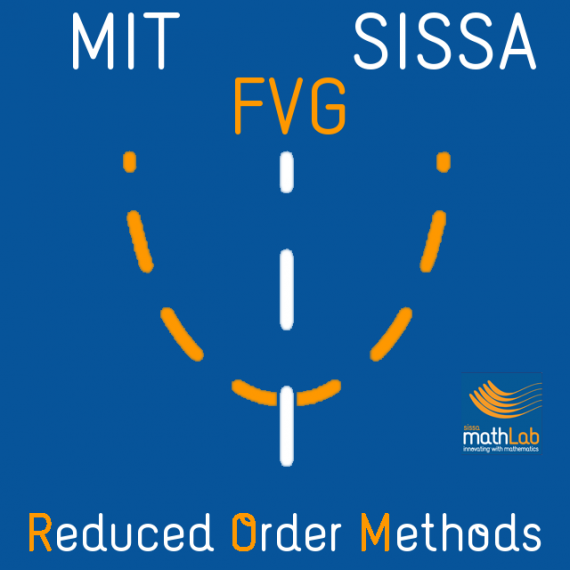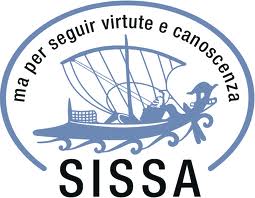The MIT-FVG project is, first of all, a big chance to create an important link between two of the major excellence research institute: SISSA and MIT. In SISSA mathLab, Prof. Gianluigi Rozza's group is the one focusing on ROM methodologies in CFD and structural problems. The opportunity of a cooperation with Prof. Anthony T. Patera's group (http://augustine.mit.edu/) and MIT Department of Mechanical Engineering is crucial from the scientific point of view. This collaboration is fundamental thanks to the bridge between the experience of an avant-garde scientific group, that has laid the foundations of the above - mentioned techniques, and a well coordinated young group with a special focus on industrial applications. In practice, it could be very promising and strategic to combine the structural nonlinear analysis of a plate governed by the Von Kàrmàn equations, carried out in SISSA, with the vibroacoustic problems in the RB context investigated at MIT.
The project we are proposing deals with the application of the reduced order methods, such as the Reduced Basis (RB), in nonlinear parametric problems, with the aim of capturing the most important physical features keeping low the computational costs.
A simple example of what we are interested in is what happens if we compress on two sides an elastic rectangular and bi-dimensional plate, up to a certain stress it will rest in the equilibrium position (no vertical displacement) then empirical evidence says that it starts to buckle. A lot of questions can be made: Can we know which is the critical stress? Are there any other possible configurations of the plate? How can we numerical investigate this kind of problem?
The keystone for the answers to all these questions is the model introduced by Von Kàrmàn in 1910, it consists of a system of fourth order nonlinear and parametric partial differential equations (PDEs) . Every word brings a difficulty that we have to overcome. A lot of literature was dedicated to numerical approximation of nonlinear problem but despite these efforts, such a problems are still very challenging mostly from the analytical point of view. So what we can do is to approximate the PDEs and study the system with our numerical knowledge. Among the various full order methods, we choose the Finite Element Method (FEM) which is the standard method for structural elliptic problems. Here it comes the first trouble, since the dimensionality of the problem, in order to describe accurately the buckling phenomenon, can be very large. Moreover, do not forget that we have to find the solution for many values of the parameter controlling compression on the sides of the plate. Here it comes the necessity of finding the right reduction strategy: in our case is the Reduced Basis (RB) method.
Finally, we conclude saying that the intrinsic aim of this project is to recall the state of the art of reduction strategies, applied to nonlinear problems and retrace the road explored in the past by great scientists but now in a reduced context, with the perspective of supplementing the model with new tools and being helped by the greater computational power not available at that time.
PROJECT PERIOD: 20 months
PARTNER: MIT, Friuli-Venezia Giulia Region and Scuola Internazionale Superiore di Studi Avanzati - SISSA
SLIDE: available here
PEOPLE INVOLVED: Federico Pichi, Gianluigi Rozza (P.I. at SISSA) and Anthony Patera (P.I. at MIT)






